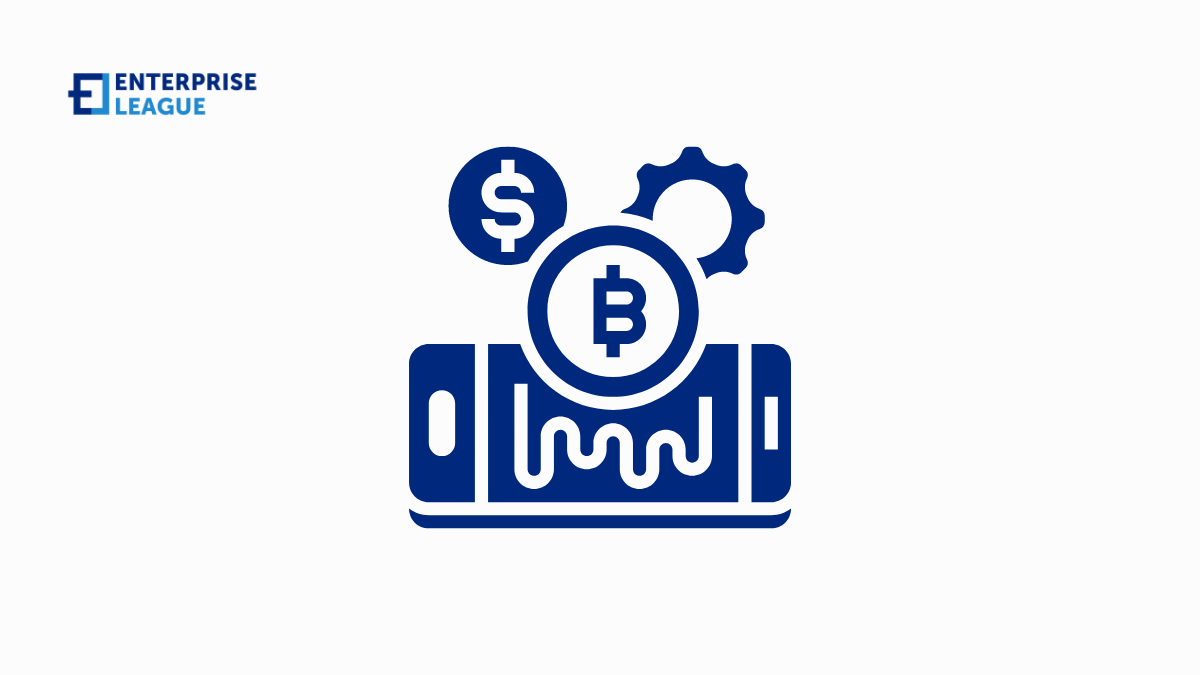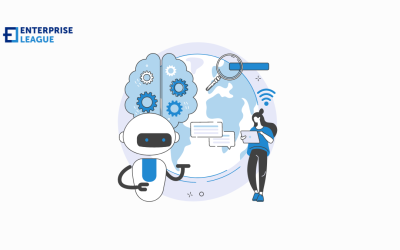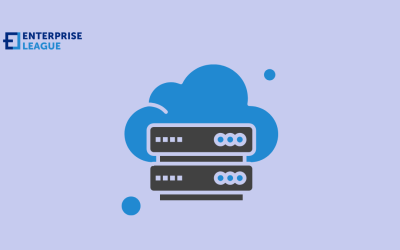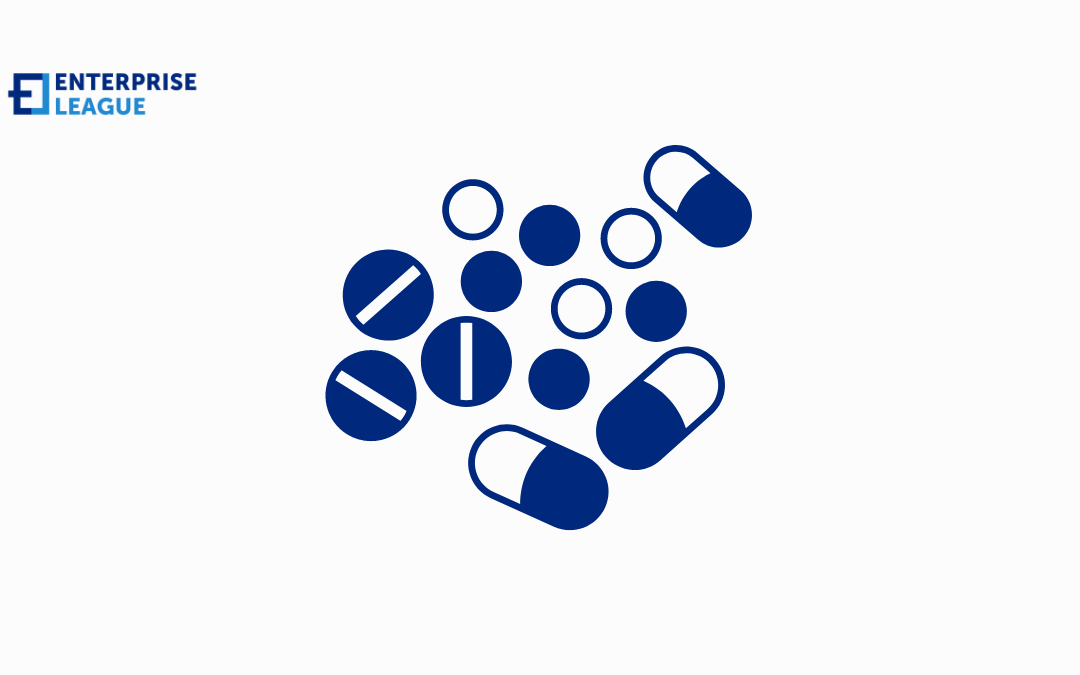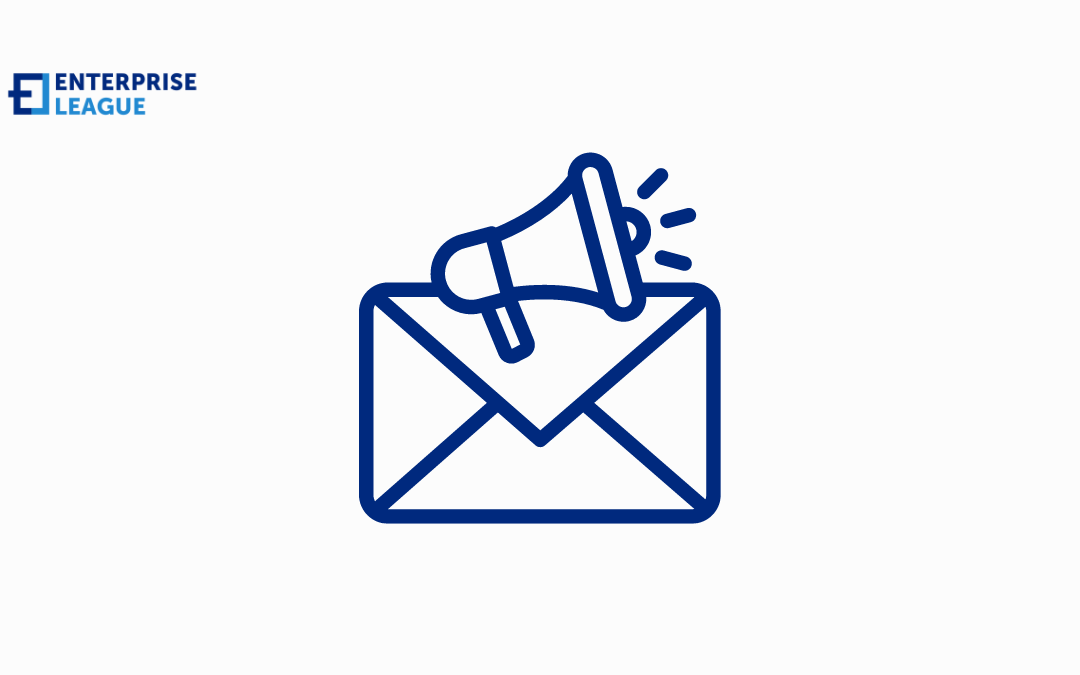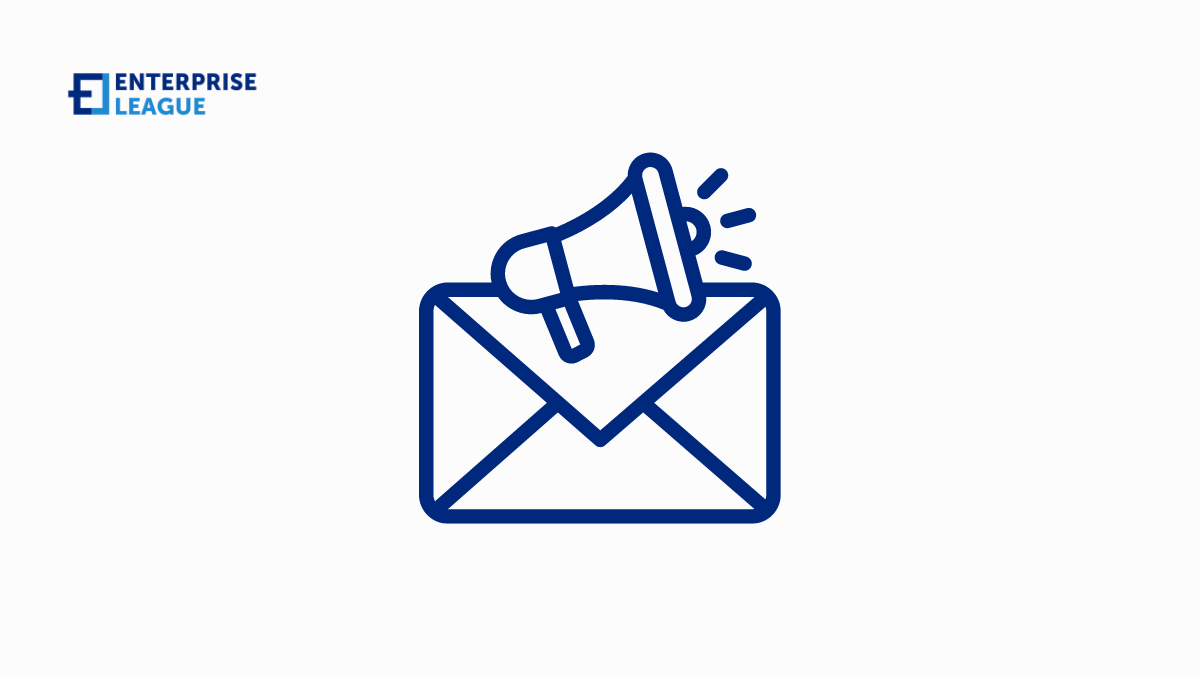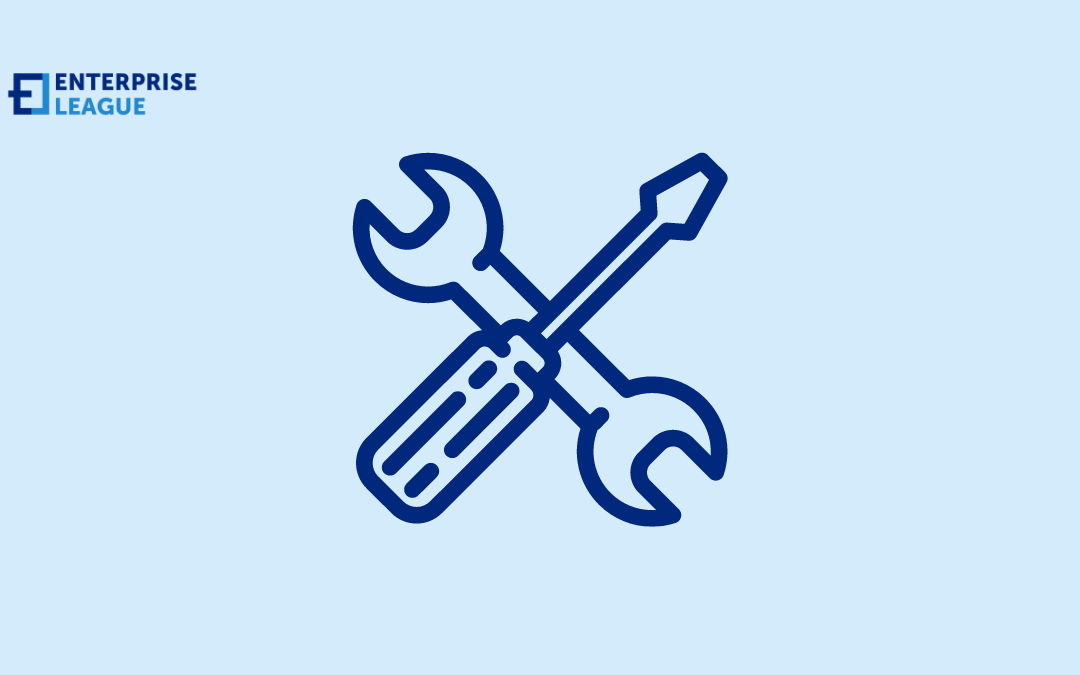From children’s toys to party supplies, we’ve made a list of this year’s most trending and profitable business ideas that you should make an investment.

The ultimate business guide to accepting cryptocurrency payments
Using cryptocurrency is now crucial for companies looking to expand their payment options. Because of their decentralized nature and strong security measures, they provide numerous advantages.
However, accepting cryptocurrencies may appear difficult at first. This article will assist your business in navigating the process and ensure a seamless transition to accepting crypto transactions.
Choosing the right crypto to accept
Each cryptocurrency has unique features and worth in the market. When selecting a cryptocurrency to operate, it is important to consider its popularity, stability, and user-friendliness. It’s also crucial to assess your target audience’s demand for specific cryptocurrencies and their compatibility with your existing payment systems.
Additionally, it is crucial to consider the security features and charges associated with different cryptocurrencies when choosing which ones to adopt. Conducting thorough research and assessing the available options is essential before selecting which cryptocurrencies to implement.
Regulatory compliance for accepting crypto
Accepting cryptocurrencies presents regulatory and compliance hurdles for businesses. While cryptocurrencies offer decentralization and anonymity, they are subject to scrutiny by regulations in different regions. You need to understand the tax implications, compliance responsibilities, and laws governing cryptocurrency transactions in your jurisdiction since they may vary depending on the jurisdiction.
The rules and regulations typically cover anti-money laundering (AML) and know-your-customer (KYC) procedures. Compliance with these regulations is essential to reduce the risk of repercussions. Pursuing advice from experts specializing in cryptocurrency can provide valuable insights and ensure adherence to regulatory standards.
Setting up a digital wallet
Your organization must establish a digital wallet, a safe software or app for storing and managing cryptocurrencies to receive crypto payments. There are various digital wallets, each with distinct characteristics and protective measures.
Evaluate the security features, the wallet’s flexibility, ease of use, and costs. Some digital wallets focus on providing top-notch security measures, while others may offer additional capabilities like supporting multiple cryptocurrencies or simplifying sending and receiving crypto payments.
Following the provider’s straightforward instructions is essential to create your digital wallet. The setup involves creating an account and completing a verification procedure. After establishing your account, you can deposit your selected cryptocurrency and receive payments.
Integrating payment gateways
Many payment gateways provide options for businesses to accept cryptocurrency payments. Selecting a gateway that works well with your digital wallet and has features that meet your business requirements is essential. Benefits such as quick settlement, minimal transaction costs, and automatic cryptocurrency conversion to traditional currencies can benefit businesses.
When choosing a payment gateway provider, it is essential to take into account the following factors:
- Transaction fees
- Cryptocurrencies that are accepted
- Measures to security such as encrypting data and two-factor authentication (2FA)
- Opportunities for integration include simple coding options or linking with current online shopping platforms.
Setting up a payment gateway usually requires adjusting the gateway settings, creating payment addresses, and installing the required APIs or plugins on the company’s website or application. After the integration process, clients can make crypto payments using their desired digital currencies.
Test transactions and troubleshooting
Before integrating cryptocurrency payments, it is crucial to conduct extensive testing on the system to confirm its functionality and identify any potential issues. By testing transactions, your company can simulate real-world scenarios and validate the entire payment process from beginning to end.
Businesses must establish procedures for promptly resolving issues like late payments, transaction errors, or user errors. Various customer support channels like live chat, email, and phone support can effectively handle problems and guarantee customer contentment.
Educating employees and customers
Effective education is critical to fostering trust and adoption of cryptocurrency payments among employees and customers. Businesses should provide comprehensive training to employees on:
- How to process cryptocurrency transactions
- Address customer inquiries
- How to mitigate security risks
Additionally, businesses should offer educational resources for customers, such as FAQs, tutorials, and guides on how to use cryptocurrency for purchases. Addressing common concerns and misconceptions about cryptocurrency can alleviate apprehensions and encourage broader acceptance.
Monitoring and evaluating performance
It is crucial to continuously monitor and assess the performance of cryptocurrency payments after implementation to gauge the effectiveness and return on investment (ROI) of this payment method. Tracking cryptocurrency transactions and revenue streams provides insights into customer behavior and preferences.
Analyzing customer feedback and satisfaction levels helps identify areas for improvement and informs strategic decisions. Companies can utilize performance data to enhance their cryptocurrency payment systems and capitalize on the benefits they offer.
Conclusion
Cryptocurrency is being more widely acknowledged as a legitimate form of payment, allowing businesses to utilize this innovative technology. This guide outlines steps for businesses to effectively accept cryptocurrency payments and tap into new markets and revenue streams. While this process may require careful planning, education, and investment in security measures, the rewards can be significant. Staying informed, flexible, and committed to providing top-notch customer service can help businesses succeed.
More must-read stories from Enterprise League:
- Debunking the most common myths of entrepreneurship.
- Common hiring mistakes that employers make and how to prevent them.
- Foretelling: transform your business by predicting future trends.
- Find out how to turn your hobby into a business.
- Creative and profitable outdoor business ideas you should be aware of.
Related Articles
15 profitable wholesale business ideas in 2025
19 profitable tech business ideas in 2025
If you are tech-savvy, get ahead of the curve with these 19 tech business ideas perfect for ambitious entrepreneurs looking to start an innovative business.
19 real estate business ideas that let you start small and grow loud (2025)
Perfect for side-hustlers, career-changers, and anyone who wants their money working harder than they are. These real estate business ideas are where to start.
Selling IBM servers: Understanding market trends and demand
If you want to sell IBM servers successfully, then learning current market trends, understanding buyer demands, and discovering effective strategies are a must.
How AI-driven commercial vehicle camera systems are transforming fleet safety
Let’s discuss more about how AI-driven commercial vehicle camera systems are transforming fleet safety with real-time alerts and catching risky driving habits.

